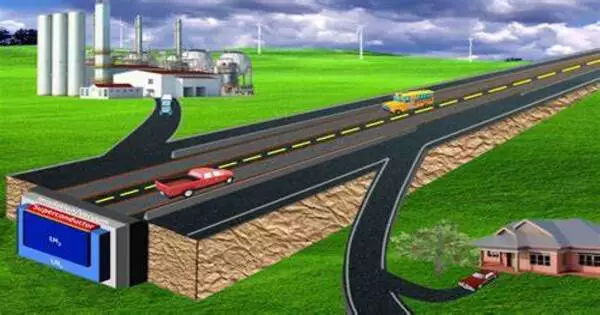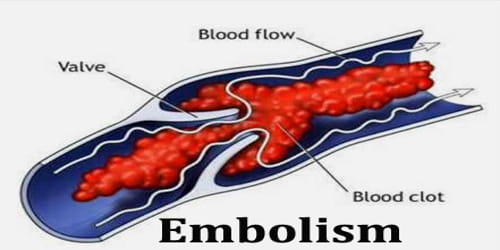Highway transformation for high-speed travel and energy transfer is an ambitious and forward-thinking plan including innovative technologies and infrastructure upgrades. Such a shift could have important implications for efficiency, sustainability, and economic development.
Researchers created a proof of concept for a superconducting roadway that could convey vehicles and electricity while cooling the required superconductors with a liquid hydrogen pipeline. The superconductor is usually located inside the vehicle and suspended above a magnetic track in most magnetic levitation designs. The authors opted to reverse the configuration, placing the superconductor on the ground and equipping each vehicle with a magnet. As a result, the system has various applications and is hence affordable.
Superconductors can transmit electricity without resistance or loss of power, and they can easily cause magnets to float above them. These features would make superconductors valuable for high-speed trains or long-distance power transmission, except for one major flaw: superconductors can only operate at extremely low temperatures, more than a hundred degrees below zero.
Instead of magnet-levitated superconducting vehicles, superconductor-levitated magnetic vehicles can provide additional benefits such as electrical power transmission and storage. We created a new superconducting system capable of transporting and storing massive amounts of energy while also transporting people and goods at speeds of at least 400 miles per hour.
Zhifeng Ren
Building a hyperefficient electrical grid or high-speed rail network is prohibitively expensive due to this single need. Unless, of course, a superconductor network can perform both duties at the same time.
Researchers from the University of Houston, Adelwitz Technologiezentrum GmbH, and the Leibniz Institute for Solid State and Materials Research created a proof of concept for a superconducting highway that could transport vehicles and electricity while cooling the necessary superconductors with a liquid hydrogen pipeline in APL Energy, published by AIP Publishing.
The superconductor is usually located inside the vehicle and suspended above a magnetic track in most magnetic levitation designs. The authors opted to reverse the configuration, placing the superconductor on the ground and equipping each vehicle with a magnet. As a result, the system has various applications and is hence affordable.

“Instead of magnet-levitated superconducting vehicles, superconductor-levitated magnetic vehicles can provide additional benefits such as electrical power transmission and storage,” said author Zhifeng Ren. “We created a new superconducting system capable of transporting and storing massive amounts of energy while also transporting people and goods at speeds of at least 400 miles per hour.”
With a liquid hydrogen pipeline, they overcome the problem of superconductor cooling. Hydrogen is a promising clean fuel with a complicated management problem: Because it is a gas at normal temperature, transporting and storing it requires either hazardous pressurized tanks or expensive cryogenic temperatures. The cost of cooling the superconductor and transferring hydrogen become the same under the team’s plan.
They established that various applications can coexist in the lab using a scale model, and they now intend to develop a full-size demonstration. To make use of existing infrastructure, the authors imagine their system sitting beneath existing motorways.
“People can drive onto the superconducting highway at any time without having to wait for a train or an airplane, and modifying existing highways eliminates the need to acquire land for the tracks,” Ren explained. “With enough funding, we could build a working system over a relatively short distance, such as from Houston to Austin.”
















